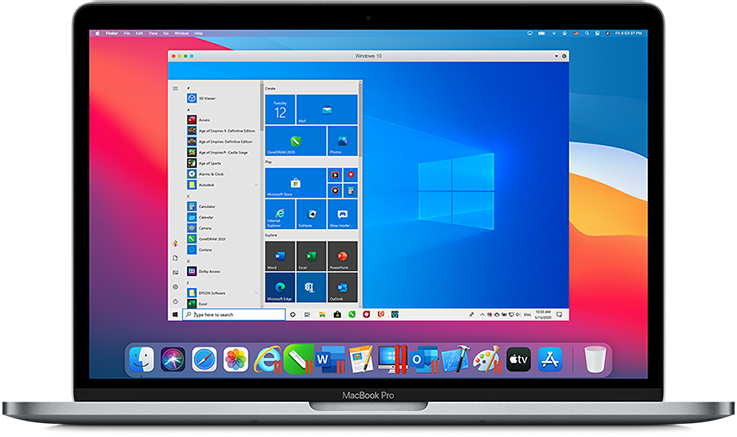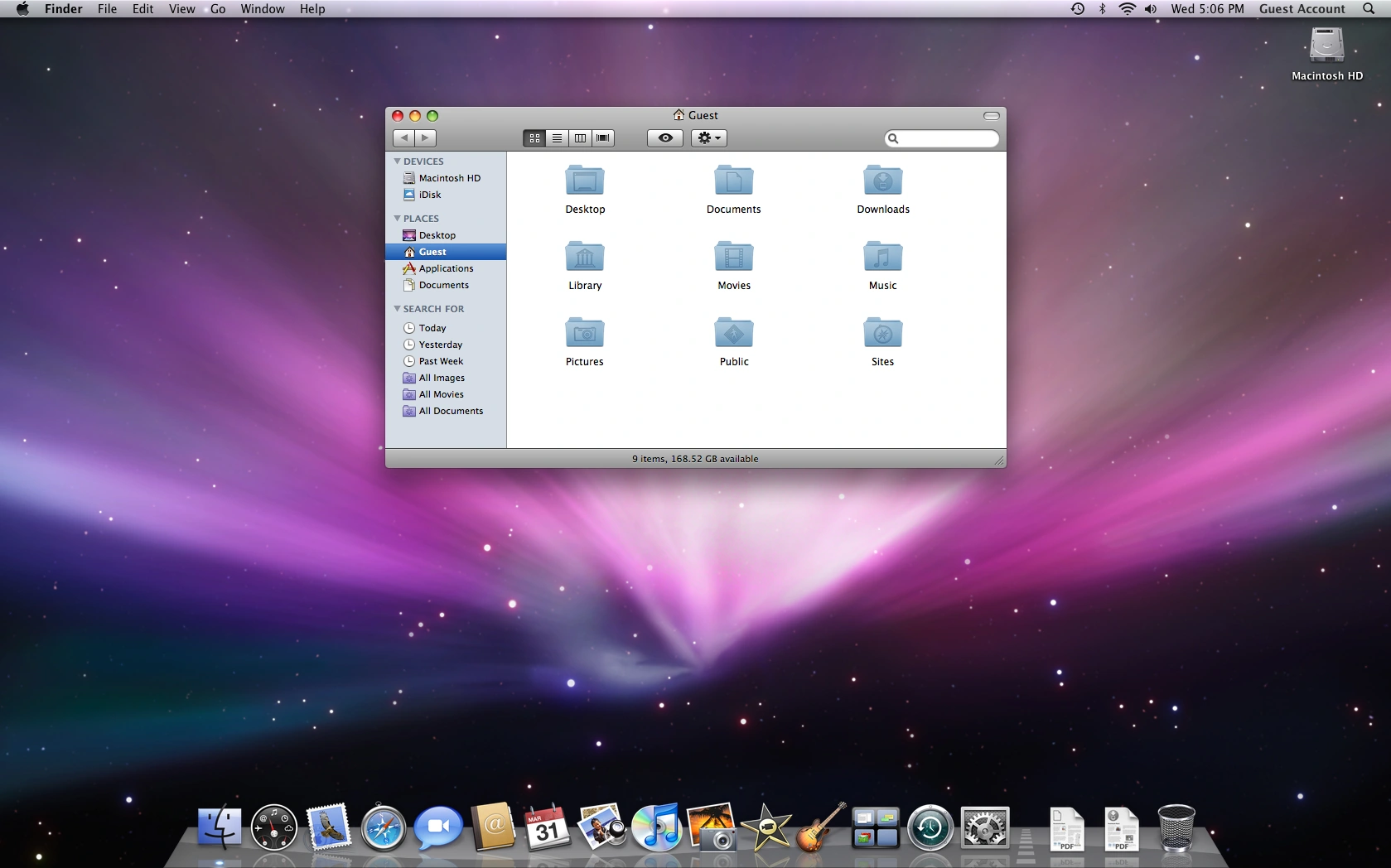Apple has made its latest Mac operating system, OS X Mavericks, available to download free from the Mac App Store. The announcement was made alongside a number of product launches.
- Easily check which versions of mac OS, iOS, iPadOS, or watchOS are compatible with your Mac model or iDevice. Guide includes OS X 10.8.x to macOS 11.0.x.
- Mac OS El Capitan is the twelfth major release of Mac OS X, that now named as Mac OS X, the latest version is 10.11 for Apple Inc, desktop. Mac OS X El Capitan is one of the most famous operating systems for Macintosh computers. It is a successor to Mac OS Yosemite and forms on performance, and security more following in northern California, the final version and latest version of Mac OS X El.
Download Latest Mac Os For Macbook Air Features
Hello daschrislydon,
Thanks for reaching out to the Apple Support Communities! From your message I can see that you have erased the 2011 MacBook Air and are looking to upgrade the OS X from Lion.

You're correct that you need to upgrade to OS X El Capitan before you can upgrade to macOS High Sierra.
Since you're unable to reinstall the Mac OS X Lion through Recovery, see if you can boot into Internet Recovery. To access Internet Recovery, restart your MacBook Air and hold down Option + Command + R. This will allow you to reinstall OS X Lion.
By reinstalling Lion you'll have access to the App Store and you can follow the steps to upgrade to OS X El Capitan: How to upgrade to OS X El Capitan.
Once you have OS X El Capitan running, you can then upgrade to macOS High Sierra: How to upgrade to macOS High Sierra.
If you're unable to reinstall OS X Lion, you'll need to have access to another Mac to be able to create a bootable USB drive for El Capitan. This article will provide you with the steps to take to create a bootable installer: How to create a bootable installer for macOS.
Download Free Mac Air Os

All the best!
Feb 12, 2020 6:35 AM
These advanced steps are primarily for system administrators and others who are familiar with the command line. You don't need a bootable installer to upgrade macOS or reinstall macOS, but it can be useful when you want to install on multiple computers without downloading the installer each time.
Download macOS
Find the appropriate download link in the upgrade instructions for each macOS version:
macOS Catalina, macOS Mojave, ormacOS High Sierra
Installers for each of these macOS versions download directly to your Applications folder as an app named Install macOS Catalina, Install macOS Mojave, or Install macOS High Sierra. If the installer opens after downloading, quit it without continuing installation. Important: To get the correct installer, download from a Mac that is using macOS Sierra 10.12.5 or later, or El Capitan 10.11.6. Enterprise administrators, please download from Apple, not a locally hosted software-update server.
OS X El Capitan
El Capitan downloads as a disk image. On a Mac that is compatible with El Capitan, open the disk image and run the installer within, named InstallMacOSX.pkg. It installs an app named Install OS X El Capitan into your Applications folder. You will create the bootable installer from this app, not from the disk image or .pkg installer.
Use the 'createinstallmedia' command in Terminal
- Connect the USB flash drive or other volume that you're using for the bootable installer. Make sure that it has at least 12GB of available storage and is formatted as Mac OS Extended.
- Open Terminal, which is in the Utilities folder of your Applications folder.
- Type or paste one of the following commands in Terminal. These assume that the installer is still in your Applications folder, and MyVolume is the name of the USB flash drive or other volume you're using. If it has a different name, replace
MyVolumein these commands with the name of your volume.
Catalina:*
Mojave:*
High Sierra:*
El Capitan: - Press Return after typing the command.
- When prompted, type your administrator password and press Return again. Terminal doesn't show any characters as you type your password.
- When prompted, type
Yto confirm that you want to erase the volume, then press Return. Terminal shows the progress as the bootable installer is created. - When Terminal says that it's done, the volume will have the same name as the installer you downloaded, such as Install macOS Catalina. You can now quit Terminal and eject the volume.

* If your Mac is using macOS Sierra or earlier, include the --applicationpath argument, similar to the way this argument is used in the command for El Capitan.
Use the bootable installer
After creating the bootable installer, follow these steps to use it:
Download Latest Mac Os For Macbook Air 2014
- Plug the bootable installer into a compatible Mac.
- Use Startup Manager or Startup Disk preferences to select the bootable installer as the startup disk, then start up from it. Your Mac will start up to macOS Recovery.
Learn about selecting a startup disk, including what to do if your Mac doesn't start up from it. - Choose your language, if prompted.
- A bootable installer doesn't download macOS from the Internet, but it does require the Internet to get information specific to your Mac model, such as firmware updates. If you need to connect to a Wi-Fi network, use the Wi-Fi menu in the menu bar.
- Select Install macOS (or Install OS X) from the Utilities window, then click Continue and follow the onscreen instructions.
Learn more
For more information about the createinstallmedia command and the arguments that you can use with it, make sure that the macOS installer is in your Applications folder, then enter this path in Terminal:
Download Macos For Macbook Air 2011
Catalina:
Download Mac Os Catalina For Macbook Air
Mojave:
High Sierra:
Latest Os For Macbook Air
El Capitan: